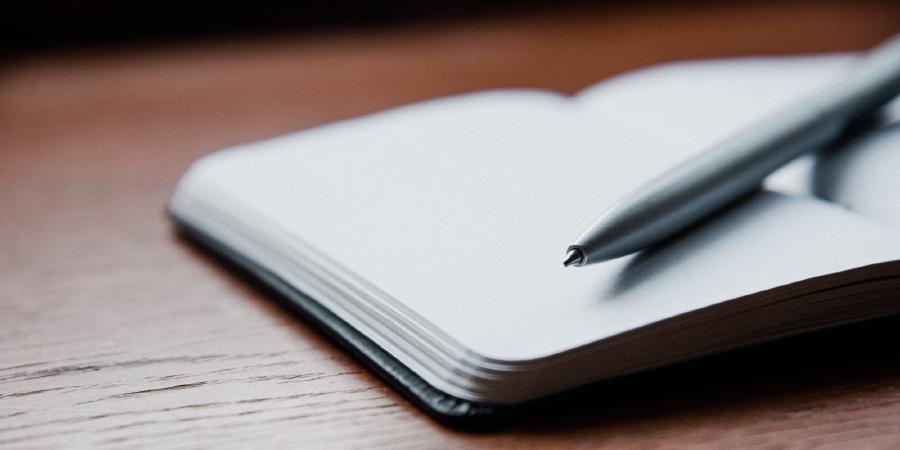How and why I journal

My journal is both a logbook and a space for reflection. 🏴☠️ It pushes me to reflect, drives me to improve, and helps me be happier. Let’s see how and why.
According to the app I use, my journal contains over 1200 entries. That’s one entry a day for more than 3 years. This makes journaling one of the most long-lasting habits I have built.

The process evolved over time — and will continue to change — but for the time being, it is a moment at the end of the day when:
- I reflect on the day
- I ask myself what I could’ve done to make it better
- I write 3 things I am grateful for
A space for reflection
The first thing I do is think back to what happened and note down an overview of what I did + reflections. I usually write about my working day, the progress I made on my personal projects, and any other relevant event.
This routine forces me to have a brief moment to think about how I spend my days. At the same time, it produces a logbook that I can refer to when I want to understand how things are going over time or just remember.
Every morning the app I use shows me the entries I wrote on the same day last month and in past years. It’s a little help to remind me what stage I was at and notice how I changed.
I check my journal during my weekly review too. Among other things, I review the entries of the last 7 days. Every time I’m surprised to discover that I forgot the bulk of the experiences I lived. After all, the brain compresses memories and, if you don’t do anything about it, many are lost.
A push to improve
The second part of the routine is to answer the question:
What would have made the day better?
Needless to say, I’m talking about what is under my control. No “receiving 1.000.000€ as a gift” answers are allowed. 🙃
Examples of answers I gave:
- Exercise
- Spend more time working on my projects
- Be less distracted
- Read more
I originally stole this step from a video by Tim Ferriss. It’s both a way to think about what I can change and a push to constantly improve. It works as feedback. During the day, I’ll be more prone to avoid mistakes so that I don’t have to scold myself in the evening.
It also helps me to recognize behavioral patterns that would stay implicit otherwise.
Some issues can be occasional. Perhaps after a tiring day, I avoided physical exercise. But if I see the same answer repeated 3–4 times, I realize something is not working.
Help to be happier
The last thing I do is to write (at least) 3 things I am grateful for. Maybe it’s for a book I’m reading, for some feedback I received, or for a night out. Perhaps it’s for the holidays that are about to start, for something I ate, or for a lucky situation… well, you get the idea.
This step is best known as “gratitude journal.” It directs some of my attention to positive situations and events that I would take for granted otherwise.
We are victims of the hedonic treadmill and the negativity bias, two phenomena that hinder our ability to be happy. The first one gets us quickly used to positive changes, the second one amplifies the emotional impact of adverse events.
This means that happiness becomes an active effort. Keeping the habit of noticing positive events and circumstances is a step in that direction.
And this concludes my routine. There are thousands of other journaling flavors and prompts, but this is what I do and works for me (for the time being). It changed over time and I’m sure it will change again.
Happy journaling. 📔